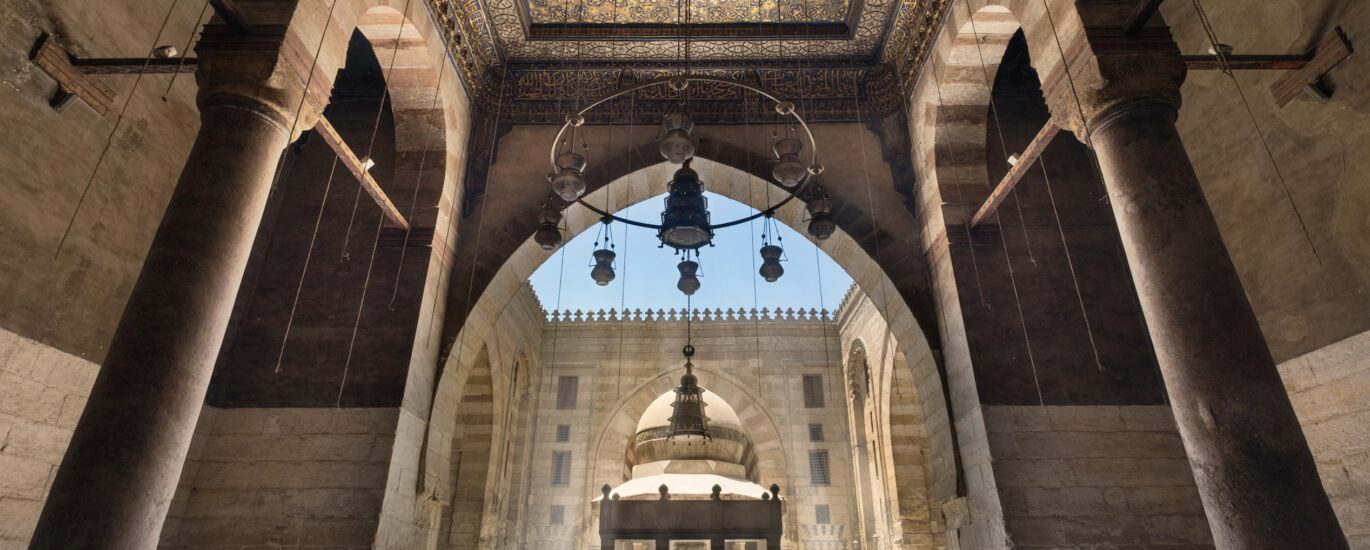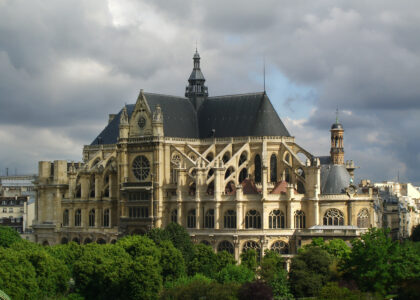Nestled in the bustling heart of Cairo’s historic district, the Madrasa and Khanqa of Sultan Barquq stands as a testament to the architectural and cultural achievements of the Mamluk era. Commissioned by Sultan al-Zahir Barquq between 1384 and 1386 CE, this religious complex was an impressive addition to Muizz Street, a prestigious location in Cairo known for its monumental Islamic architecture.
Sultan Barquq, the first of the Burji Mamluk sultans, was a Circassian slave who rose through the military ranks to become a powerful ruler. His architectural vision for the complex included a mosque, madrasa, khanqa, and mausoleum, serving not only as a center for religious education but also as a hub for Sufi spiritual practices.
The construction of the complex marked a significant moment in Mamluk architectural history. It was the first major building project of the Circassian Mamluk dynasty, showcasing a seamless blend of architectural styles and introducing new elements like the grand dome which was added last. Notably, the construction was overseen by Barquq’s trusted emir, Jarkas al-Khalili, who ensured the complex’s completion in a record time.
Throughout its history, the complex has witnessed various transformations. It survived the political upheavals following Barquq’s reign and continued to be a focal point of Cairo’s religious and cultural life. The complex’s strategic location next to the Madrasa of Al-Nasir Muhammad and the funerary complex of Sultan Qalawun further cemented its importance in the city’s architectural landscape.
One of the complex’s lesser-known stories is its role as a refuge in the 1970s, providing shelter for families evicted during urban development projects. This speaks to the complex’s enduring significance, not just as a historical monument, but as a living part of Cairo’s social fabric.
Visitors today can marvel at the intricate stone carvings and the impressive dome, appreciating the architectural continuity it shares with earlier Mamluk structures like the larger complex of Sultan Hassan. The Madrasa and Khanqa of Sultan Barquq is more than just a relic of the past; it is a vivid reminder of Cairo’s rich history and the innovative spirit of the Mamluk sultans.




